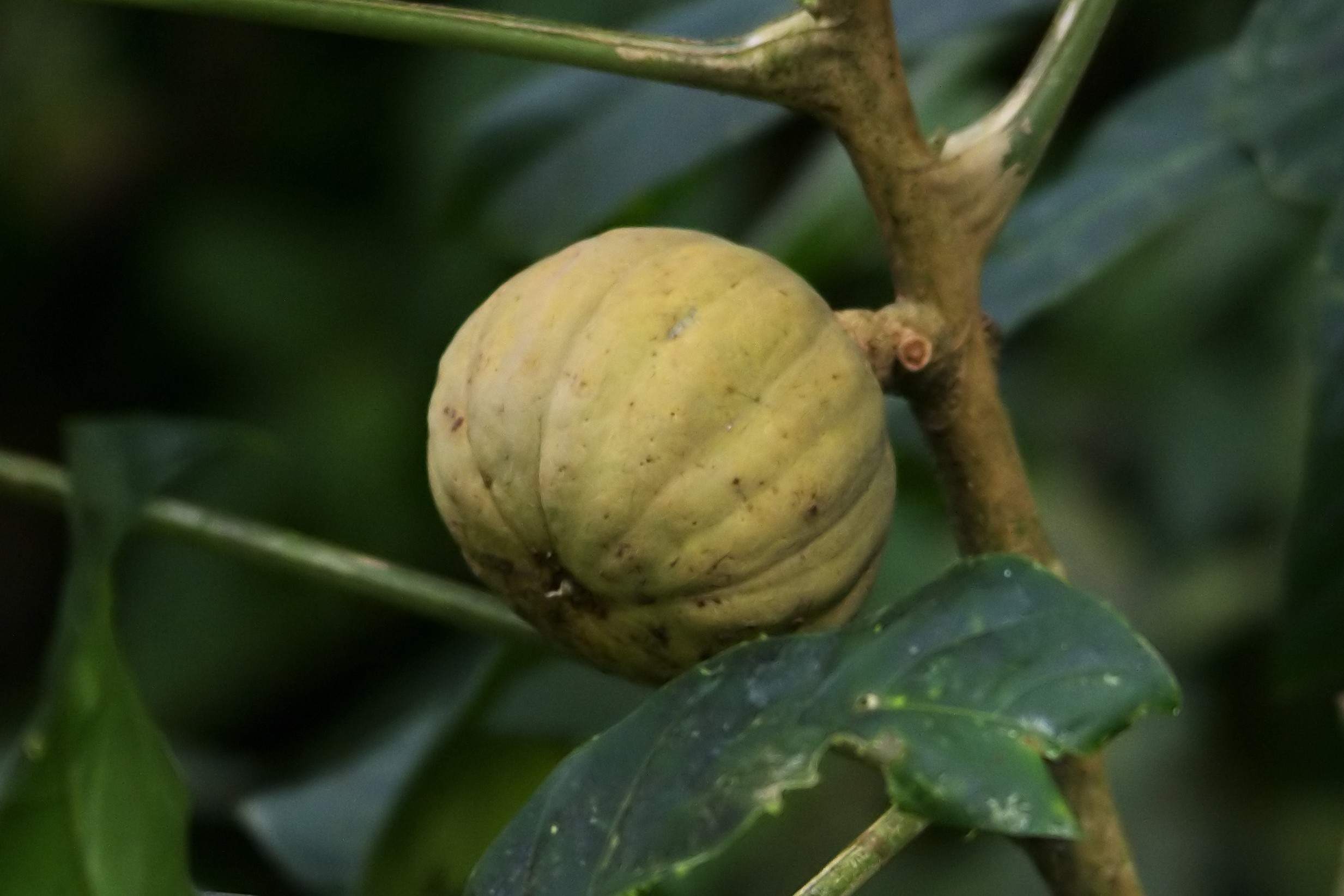
Ever heard of the Sandbox tree fruit? This intriguing fruit comes from the Sandbox tree, also known as the "Dynamite tree" due to its explosive nature. Why is it called that? Because when the fruit ripens, it bursts open with a loud bang, flinging seeds far and wide. But that's not all! The tree itself is covered in sharp, conical spikes, making it look like something out of a fairy tale. Is it dangerous? Yes, the sap is toxic and can cause skin irritation. Curious about more? Keep reading to uncover 27 fascinating facts about this explosive fruit and its remarkable tree.
What is the Sandbox Tree?
The Sandbox Tree is a fascinating and dangerous plant native to tropical regions of the Americas. Known for its explosive fruit and toxic sap, this tree has captured the curiosity of many. Let's dive into some intriguing facts about this unique tree.
- The Sandbox Tree is also known as the Dynamite Tree due to its explosive fruit.
- It belongs to the Euphorbiaceae family, which includes other well-known plants like poinsettias and rubber trees.
- The tree can grow up to 60 meters (200 feet) tall, making it one of the tallest trees in the tropical rainforest.
- Its bark is covered in sharp, conical spines, earning it another nickname: the Monkey No-Climb tree.
- The leaves of the Sandbox Tree are large and heart-shaped, providing ample shade in the dense forest canopy.
Explosive Fruit and Seed Dispersal
The Sandbox Tree's fruit is one of its most remarkable features. These fruits have a unique way of dispersing seeds that can be quite startling.
- The fruit is a capsule that can grow up to 15 centimeters (6 inches) in diameter.
- When ripe, the fruit explodes with a loud bang, sending seeds flying at speeds of up to 70 meters per second (160 miles per hour).
- This explosive mechanism can disperse seeds up to 100 meters (330 feet) away from the parent tree.
- The seeds are hard and flat, designed to survive the impact of their explosive journey.
- Local folklore often uses the tree's explosive nature to warn children about playing near it.
Toxicity and Medicinal Uses
Despite its dangerous reputation, the Sandbox Tree has been used in traditional medicine for centuries. However, caution is always advised due to its toxic properties.
- The tree's sap contains toxins that can cause skin irritation and blindness if it comes into contact with the eyes.
- Indigenous peoples have used the sap to poison arrows for hunting.
- Despite its toxicity, the sap has been used in traditional medicine to treat skin conditions and intestinal worms.
- The seeds are also toxic and can cause severe stomach pain if ingested.
- The tree's bark has been used to make a purgative tea, though it must be prepared carefully to avoid poisoning.
Ecological Role and Habitat
The Sandbox Tree plays a significant role in its natural habitat, contributing to the biodiversity of tropical rainforests.
- It is commonly found in rainforests from Mexico to South America, including the Amazon Basin.
- The tree provides habitat and food for various insects, birds, and mammals.
- Its large canopy offers shade and shelter for understory plants and animals.
- The explosive seed dispersal helps maintain forest diversity by spreading seeds over a wide area.
- The tree's spiny bark can protect it from herbivores and other threats.
Cultural Significance and Myths
The Sandbox Tree has also found its way into local folklore and cultural practices, adding to its mystique.
- In some cultures, the tree is believed to have supernatural powers and is often associated with spirits.
- The explosive fruit has inspired myths and legends, often being portrayed as a tree that can ward off evil spirits.
- Some communities use the tree's spines to create decorative items and tools.
- The tree's unique characteristics have made it a subject of scientific study and botanical curiosity.
- In modern times, the Sandbox Tree has become a popular attraction in botanical gardens and nature reserves.
Conservation and Threats
Like many tropical species, the Sandbox Tree faces threats from human activities and environmental changes.
- Deforestation and habitat loss are significant threats to the Sandbox Tree's survival.
- Conservation efforts are underway to protect tropical rainforests and the diverse species they support, including the Sandbox Tree.
Final Thoughts on Sandbox Tree Fruit
Sandbox tree fruit is one wild piece of nature. Known as the "dynamite tree," its fruit can explode with a bang, sending seeds flying at high speeds. This tree, found in tropical regions, has a bark covered in sharp spikes, making it look like something out of a fairy tale. But don't be fooled by its appearance; the tree's sap is toxic and can cause skin irritation.
Despite its dangerous traits, the sandbox tree plays a role in its ecosystem. Animals like monkeys and birds eat the seeds, helping to spread them around. The tree's explosive method of seed dispersal ensures it can grow in new areas, keeping the forest lively and diverse.
So, next time you hear about the sandbox tree, you'll know it's not just any tree. It's a fascinating example of nature's creativity and power.
Was this page helpful?
Our commitment to delivering trustworthy and engaging content is at the heart of what we do. Each fact on our site is contributed by real users like you, bringing a wealth of diverse insights and information. To ensure the highest standards of accuracy and reliability, our dedicated editors meticulously review each submission. This process guarantees that the facts we share are not only fascinating but also credible. Trust in our commitment to quality and authenticity as you explore and learn with us.
